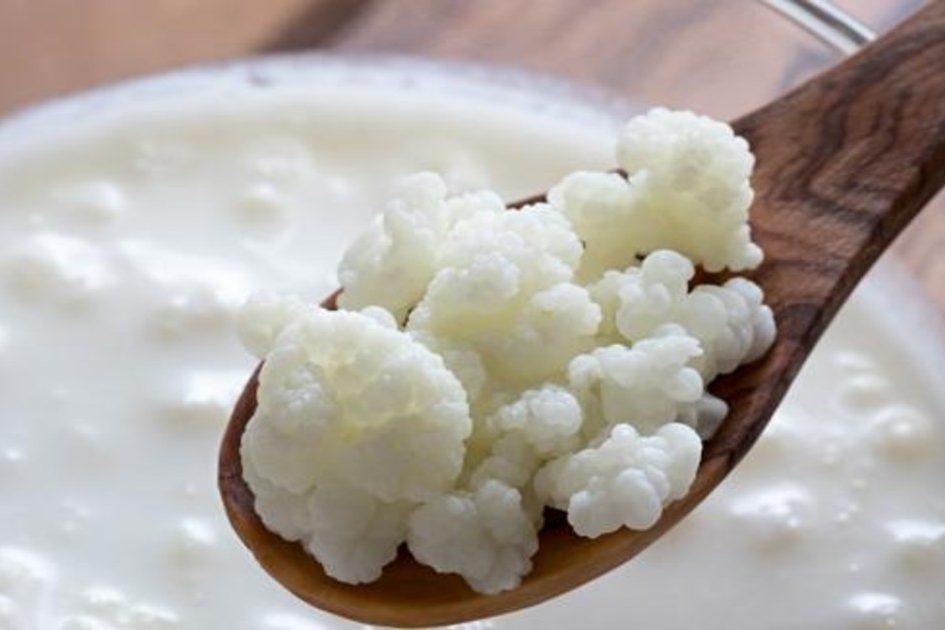Fermented milk is a dairy product whose intake is advised to those who are lactose intolerant. It contains living microorganisms and helps regenerate the gut flora. Laura González, head of Nutrition and Health at Nestlé, discusses on El Bisturí about foods that are made from fermented milk.
What is fermented milk?
Fermented milk is a dairy product produced by certain microorganisms with different sensorial and nutritional features.
Although the most commonly known example is yogurt, there also exist other products such as kefir.
Throughout this process, the most important transformation is the fermentation of milk sugar into lactic acid, which along with small amounts of certain components, contribute to the characteristic flavor of milk.
As a consequence of this transformation, the survival of undesirable microorganisms is compromised, and calcium, phosphorus and milk protein turn into a more digestible form.
Due to this process, the resulting product has lower lactose content than milk, so these products can be consumed by people who are lactose intolerant.
Do microorganisms in fermented milk have health benefits?
These microorganisms are active until the date indicated on the product packaging, but if the product is heat treated after the fermentation process, they will die.
“Probiotics are living microorganisms that when consumed in appropriate doses are beneficial to health,” Laura González said.
The main benefit they provide is helping recompose the gut flora, which is advised for those suffering from abdominal swelling or diarrhea, for example.
Kefir is a fermented milk product very similar to yogurt, but with a more acidic taste and a more liquid texture.
There are two types of kefir: milky or watery, “and although we can buy it ready to consume, it is very common to make it at home from the nodules of kefir that someone can give you”, González explained.
“It must be prepared in a glass container, into which milk and nodules are added. You leave it in the dark and at room temperature for one or two days, stirring it every 10-12 hours; we should also remember that the container needs some air for the fermentation gases to accumulate. Subsequently it is strained and put in the fridge,” González said.
Since we are talking about a living organism, this process will increase its size after a few days.
The creaminess of kefir depends on the type of milk (skimmed or whole milk) and acidity, the number of nodules; the more nodules there are in proportion to milk, the more acidic it gets.
Acid Milk and Kumis
These are other types of fermented milk products, with a texture that is similar to kefir, which are produced by the action of specific strains of lactic bacteria, and yeast that is similar to that contained in kefir.
“It originally comes from Central Asia and used to be produced with mare milk; it has a watery texture with small clots, and higher concentration of alcohol than that of kefir”, González added.
To conclude, we should note that the regeneration of the gut flora with lactic acid bacteria can influence the modulation of the immune system, providing health benefits.
Link: https://www.efesalud.com/abecedario-nutricion-leche-fermentada
Date: February 28th, 2020
By: Elerna Reinés | EFE
Source: Laura González, Nutritionist
Nutrigenomics Institute is not responsible for the comments and opinions included in this article






